I tend to post quick links to Twitter (from where they’re cross-posted to Facebook), but I know from long experience that if you want to keep a record of anything and have some chance of finding it again in future, you need to keep it yourself.
So here are a few interesting things from the past week:
-
TheConversation is a news-analysis and opinion site where the authors are academics. Their tagline: ‘Academic rigour, journalistic flair’. If you want serendipitous news discovery with intelligent writing, but old media just isn’t doing it for you, this may be worth a try.
-
Old URLs don’t die, they just get reincarnated. Beware of letting your old DNS domains lapse, especially if they live on in a tangible form.
-
This map of the Granta Backbone Network will interest any Cambridge people wondering how the university networks connect together.
The Wolfson@50 talks continue to be interesting and informative. Andy Herbert brought his mobile computer, an Elliot 903, to his talk on Wednesday.
While he set it up, John recorded the event on his more powerful one.
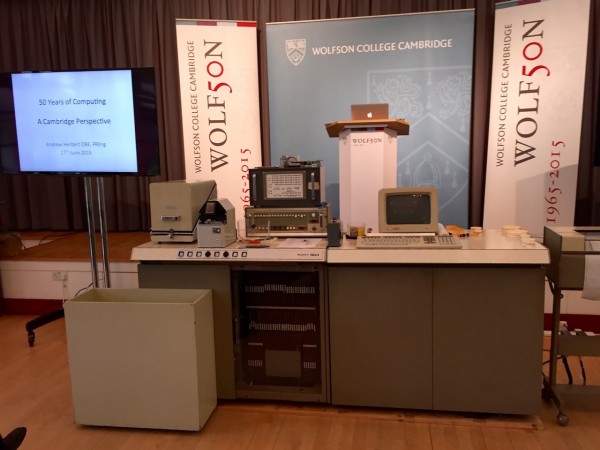
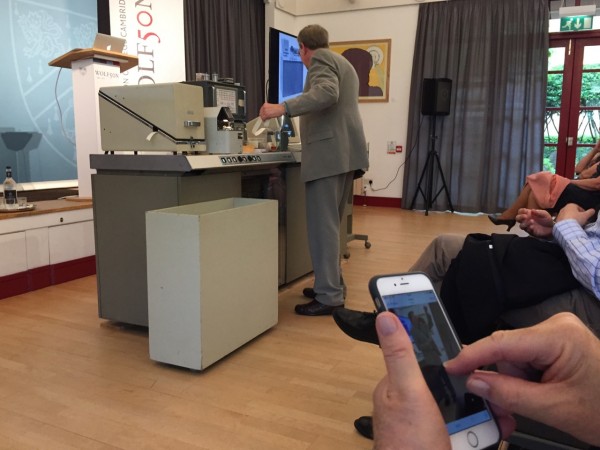
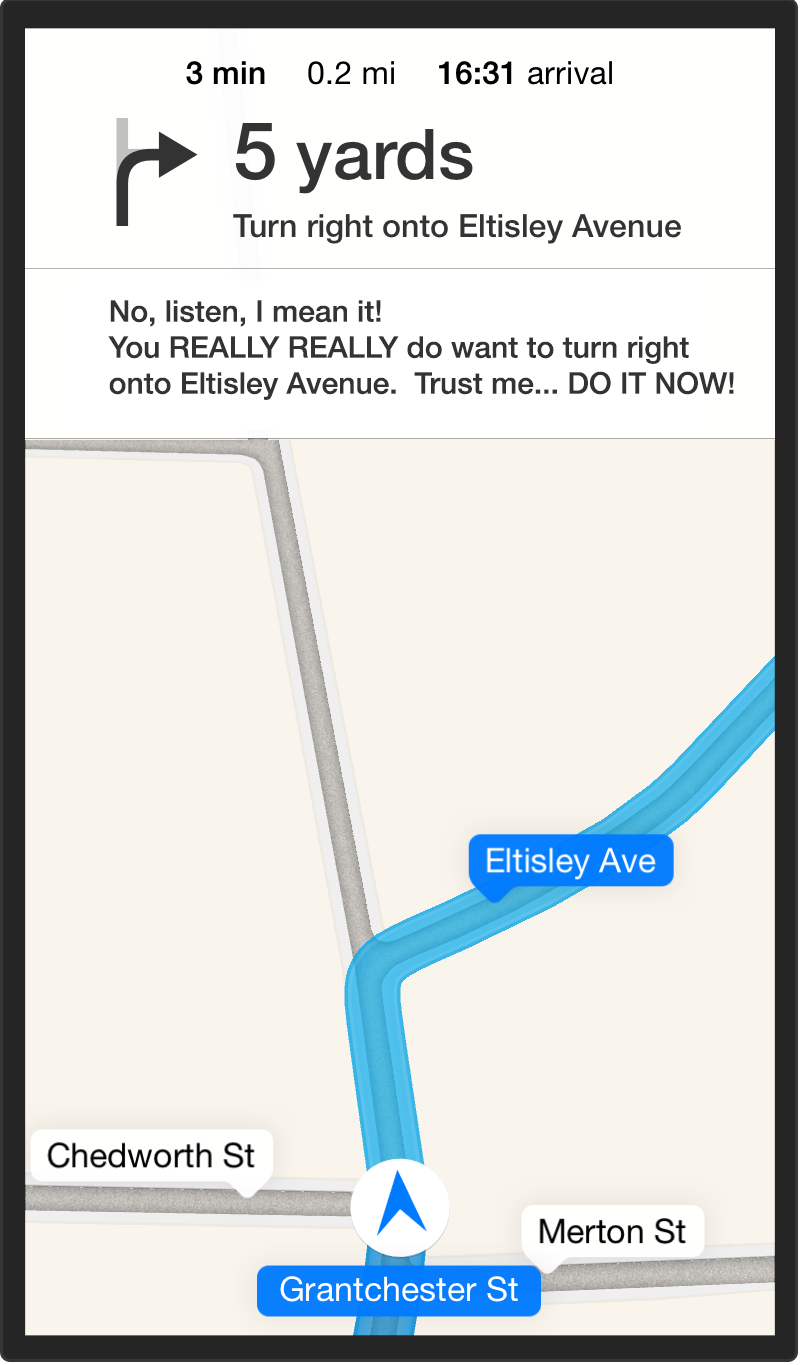

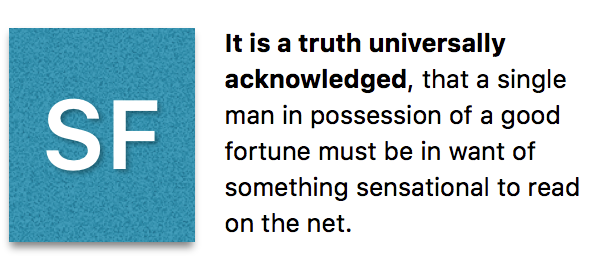
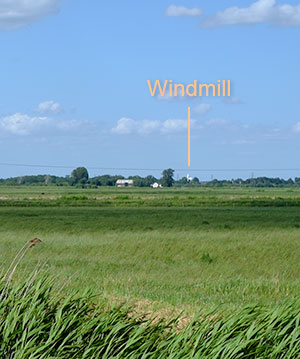

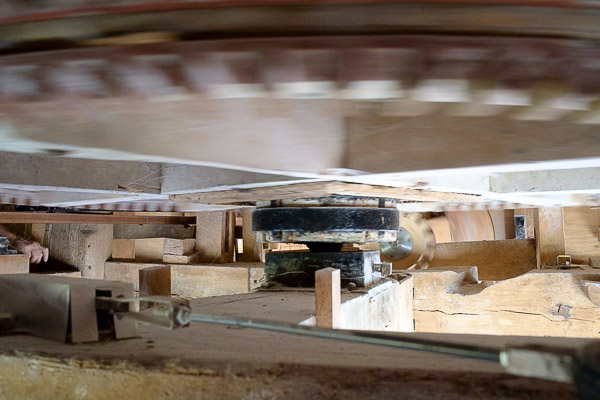
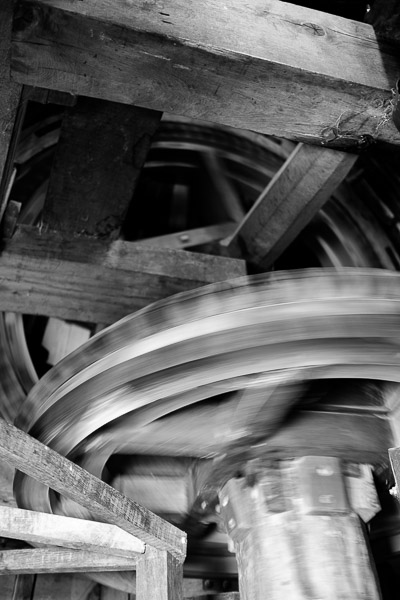
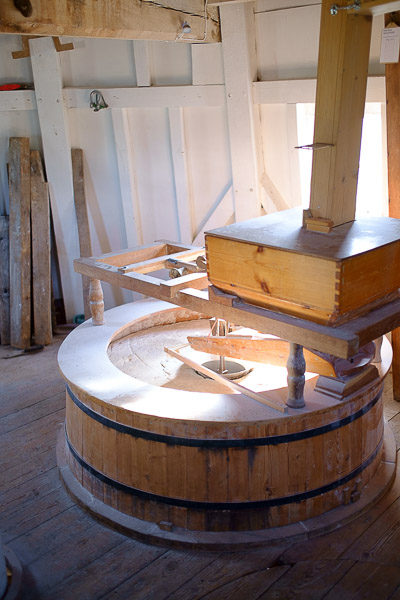

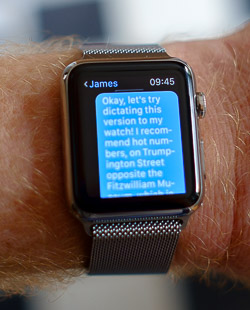 This morning I composed a longish message to my nephew, James, by dictating to my watch – a procedure that worked beautifully. There then followed a brief discussion on the quality of speech recognition. I turned to my Mac – because, of course, iMessage conversations are synchronised across all devices – and I continued dictating. “It’s good in a quiet location with a good network connection!”
This morning I composed a longish message to my nephew, James, by dictating to my watch – a procedure that worked beautifully. There then followed a brief discussion on the quality of speech recognition. I turned to my Mac – because, of course, iMessage conversations are synchronised across all devices – and I continued dictating. “It’s good in a quiet location with a good network connection!”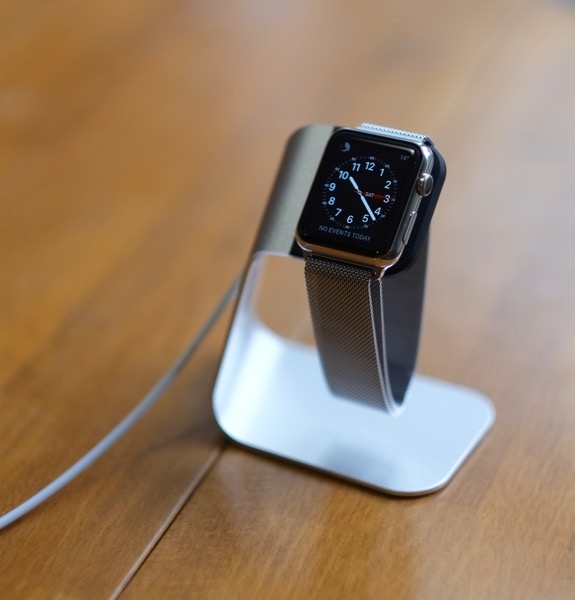
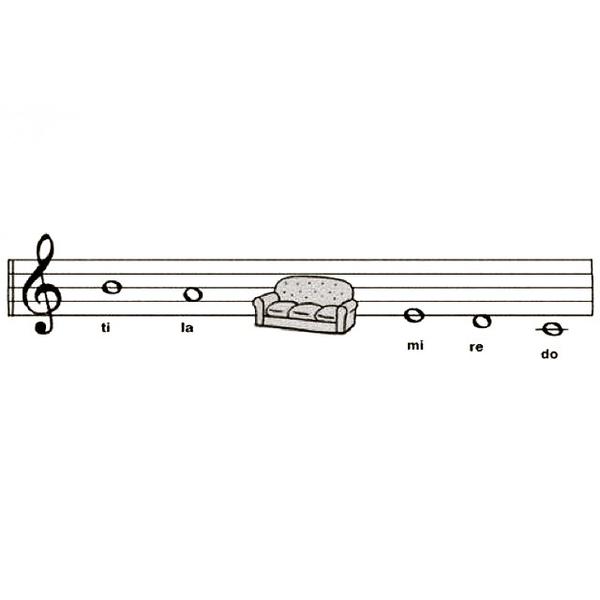
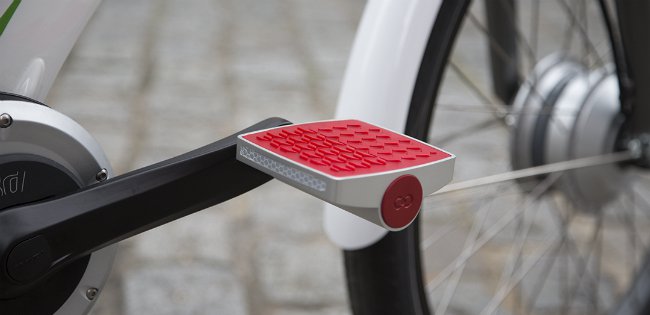
Recent Comments